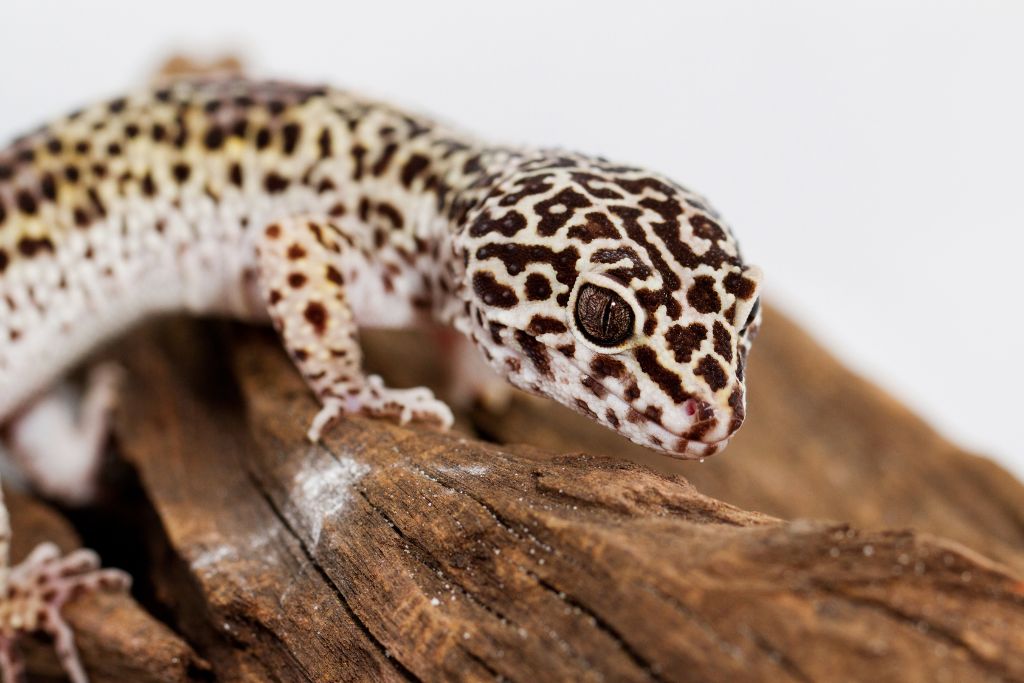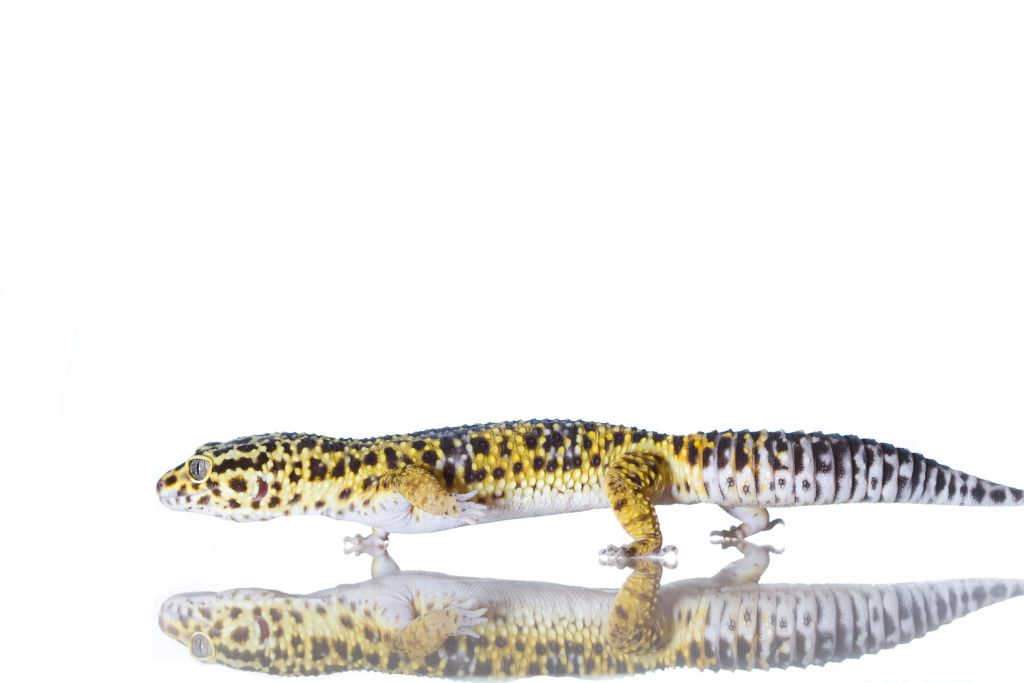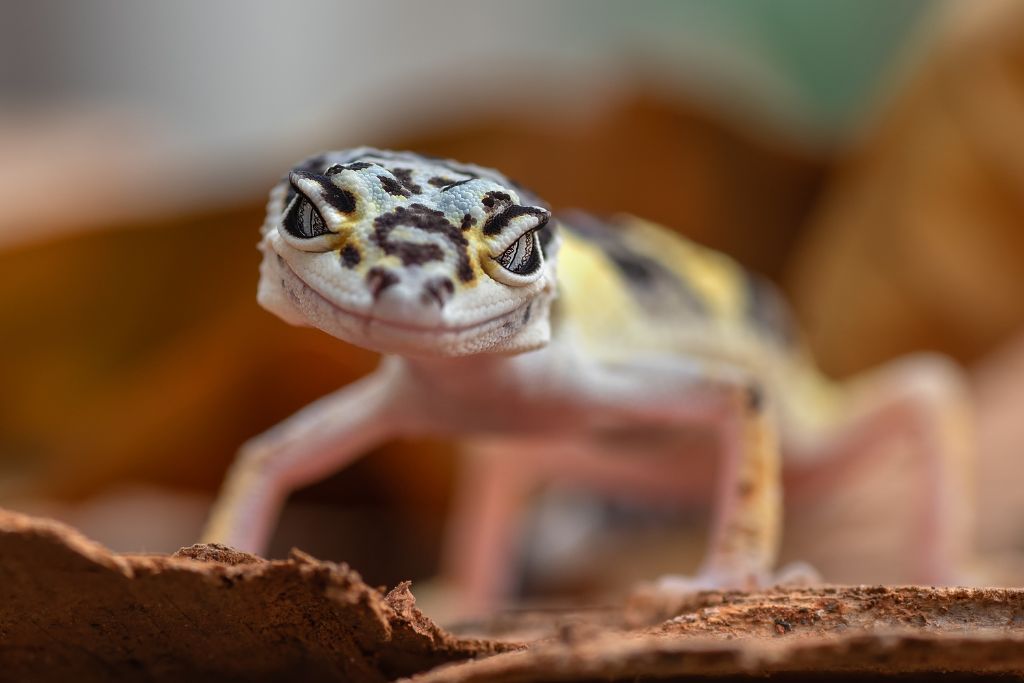Why is your leopard gecko acting strangely? Is your leopard gecko acting oddly? You might be wondering if it’s a serious issue or even a condition that’s new to you. These questions often concern gecko owners and enthusiasts alike.
Leopard Gecko Enigma Syndrome (LGES) is a rare but concerning health issue that affects these fascinating reptiles. It’s not just a simple ailment; LGES can significantly impact the quality of life for your pet.
Understanding LGES is crucial for anyone who cares for or is interested in leopard geckos. Enhancing the well-being of these unique creatures goes beyond just treating symptoms. Let’s get to the bottom of this puzzling condition.
What is Enigma Syndrome in Leopard Geckos?

What exactly is Leopard Gecko Enigma Syndrome (LGES)? This condition holds a lot of weight in the world of leopard geckos. It’s a neurological disorder that affects a gecko’s motor skills and behavior. Your pet might show signs like imbalance, head tilting, or seizures.
For those who love these creatures, knowing about LGES is essential. It can distinguish between a healthy gecko and one that struggles daily.
Now, let’s talk about the debate surrounding LGES.
Experts clash on the root causes and treatments for this condition. While some point to genetics, others believe environmental factors are to blame.
As a gecko owner, you find yourself caught in this debate, unsure of what steps to take. Your pet can’t wait; it needs help immediately. The key takeaway here is to stay informed and consult multiple sources. Your gecko’s health may depend on it.
Causes and Risk Factors
Wondering what could trigger Leopard Gecko Enigma Syndrome in your pet? You’re not alone. Many owners grapple with understanding the causes and risk factors behind this puzzling condition.
Potential Causes and Theories Behind LGES:
- Genetic Factors: Many experts believe LGES is hereditary. If a parent gecko has the syndrome, the offspring is more likely to inherit it.
- Breeding Practices: Some breeders aim for unique colors and patterns, sometimes at the expense of health. Such practices can inadvertently promote the spread of LGES.
- Environmental Stress: Though less commonly cited, stress from the living environment might exacerbate symptoms.
One alarming symptom of LGES is the “leopard gecko death roll,” where the gecko rolls uncontrollably. This behavior is a vital indicator of the syndrome and can be distressing to witness.
Symptoms of Enigma Syndrome in Leopard Geckos

How can you tell if your leopard gecko has Enigma Syndrome? Spotting the symptoms early can make a big difference in your pet’s life. Let’s delve into the signs that could indicate your gecko is affected by this condition.
Common Symptoms of LGES:
- Neurological Issues: Watch for signs like head tilting, tremors, or seizures. These are red flags for LGES.
- Abnormal Behaviors: Geckos with this syndrome may exhibit strange actions, such as circling or rolling.
- Physical Anomalies: You might notice an unusual gait or difficulty in climbing. These can also be indicators.
To identify LGES, keep a close eye on your pet’s behavior and physical condition. If you notice multiple symptoms from the list above, consult a vet experienced with reptiles. Early detection can lead to better management of the condition.
Diagnosing LGES
Diagnosing Leopard Gecko Enigma Syndrome isn’t a walk in the park. The symptoms vary a lot, making it easy to mistake LGES for other health issues. Some geckos might show just one or two signs, while others display a whole range. This variability can confuse even seasoned gecko owners.
That’s why you should consult a vet who specializes in reptiles for an accurate diagnosis. They’ll perform tests and observe your pet’s behavior to rule out other conditions. Remember, the sooner you get a proper diagnosis, the better you can manage your gecko’s health.
Management for Enigma Syndrome in Leopard Gecko
So, you’ve got a leopard gecko diagnosed with Enigma Syndrome; what’s next? Managing the condition effectively can improve your pet’s quality of life. Let’s explore some ways to create an optimal living environment for your gecko.
Management and Recommendations:
- Balanced Diet: Offer a variety of insects, like crickets and mealworms, but avoid overfeeding.
- Temperature Control: Maintain a temperature gradient in the enclosure to help regulate your gecko’s body heat.
- Low-Stress Environment: Keep noise and disruptions to a minimum.
- Regular Vet Visits: Schedule check-ups to monitor your gecko’s health.
- Hydration: Provide fresh water daily and mist the enclosure to maintain humidity.
- Safe Substrate: Use paper towels or reptile carpets to minimize the risk of ingestion.
- Enrichment: Add climbing structures and hiding spots to stimulate your gecko’s mind.
- Observation: Keep a close eye on your pet’s behavior and adjust care as needed.
By following these guidelines, you can make your gecko’s life more comfortable and manageable. Remember, each gecko is unique, so tailor your approach to fit your pet’s specific needs.
Prevention and Responsible Breeding

Responsible breeding plays a massive role in preventing Leopard Gecko Enigma Syndrome. If you’re a breeder, focus on health over aesthetics, like color and pattern. Doing so can reduce the chances of LGES appearing in future generations. It’s not just about today; it’s about ensuring the well-being of these creatures for years to come.
If you’re thinking about getting a leopard gecko, do your homework on breeders. Choose one who prioritizes health and ethical practices. Avoid supporting breeders who are only in it for the money and neglect the well-being of their animals. Your choices can make a real impact on the prevalence of LGES in the leopard gecko community.
Disclaimer: The information in this article serves educational purposes and should not replace professional veterinary advice. Consult a qualified vet to diagnose and treat any health issues your leopard gecko may have.
Conclusion
Unraveling the mysteries of Leopard Gecko Enigma Syndrome is crucial for the well-being of these unique pets. The condition affects not just individual geckos but has broader implications for the entire leopard gecko community. Knowledge is power, and understanding LGES can lead to better care, treatment, and even prevention.
Together, we can tackle this enigmatic condition and improve the lives of leopard geckos everywhere. Your role, whether you are a pet owner, breeder, or just an enthusiast, is vital in this collective effort.
FAQs
What is an Enigma Leopard Gecko?
An enigma leopard gecko is a leopard gecko affected by Leopard Gecko Enigma Syndrome (LGES), a neurological disorder.
How Do I Know if My Leopard Gecko is an Enigma?
Look for symptoms like head tilting, abnormal behavior, and physical anomalies. Consult a vet for a proper diagnosis.
How Long Do Leopard Geckos with Enigma Syndrome Live for?
Life expectancy varies. With proper care, some live close to an average lifespan, but others may have a reduced life expectancy due to complications.
What Color is an Enigma Leopard Geckos?
Colors vary and are not a reliable indicator of LGES. The syndrome can affect geckos of any color or pattern.
How Do You Treat Enigma Syndrome in Leopard Geckos?
Consult a reptile-specialized vet for diagnosis and treatment plans. Management often involves a tailored diet, a controlled environment, and regular vet visits.





